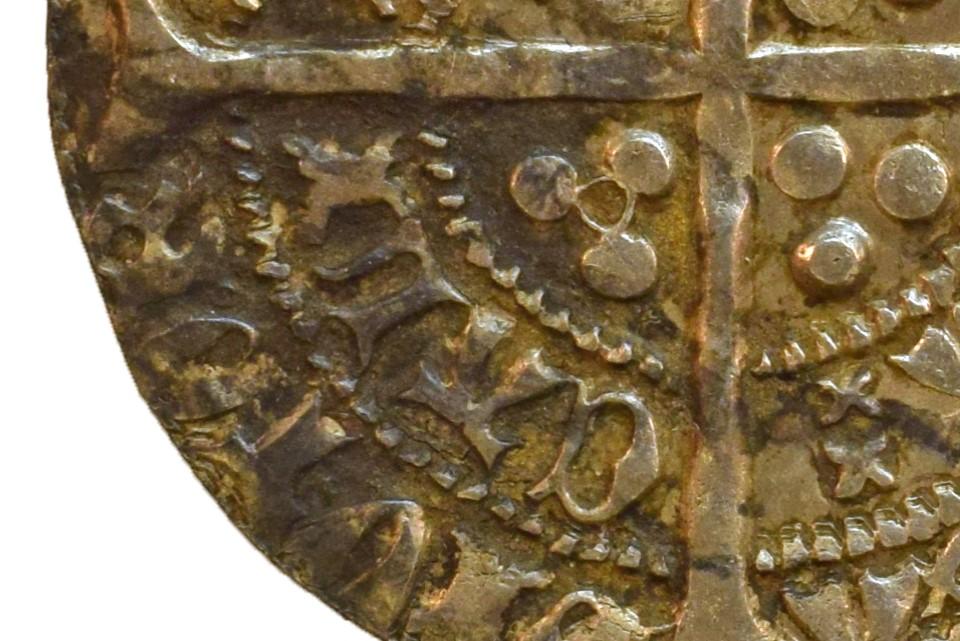The story of the hoard

The story of the coins

The coins were dropped after 1430. Given the size of the hoard, the spread of the coins when found and the lack of a container, it is likely to be the result of an accidental loss rather than an intentional burial. Numismatists have identified that of the coins thirteen were minted at Calais, seven in London and the two oldest in York and Canterbury. Coins minted in Calais are an unusual find in Northamptonshire and perhaps hint at trade. By their date the coins were almost certainly lost in the later years of the 100 Years’ War (1337–1453). The French territories of the English crown apart from Calais were lost during this period. Hoards can reflect periods of instability with people saving money.

Minting
The coins are silver and were minted by hammering a silver sheet over a die or stamp containing the inverse image. Numismatists have identified that of the coins thirteen were minted at Calais, seven in London and the two oldest in York and Canterbury. Coins minted in Calais are an unusual find in Northamptonshire and perhaps hint at trade. By their date the coins were almost certainly lost in the later years of the 100 Years’ War (1337–1453).











